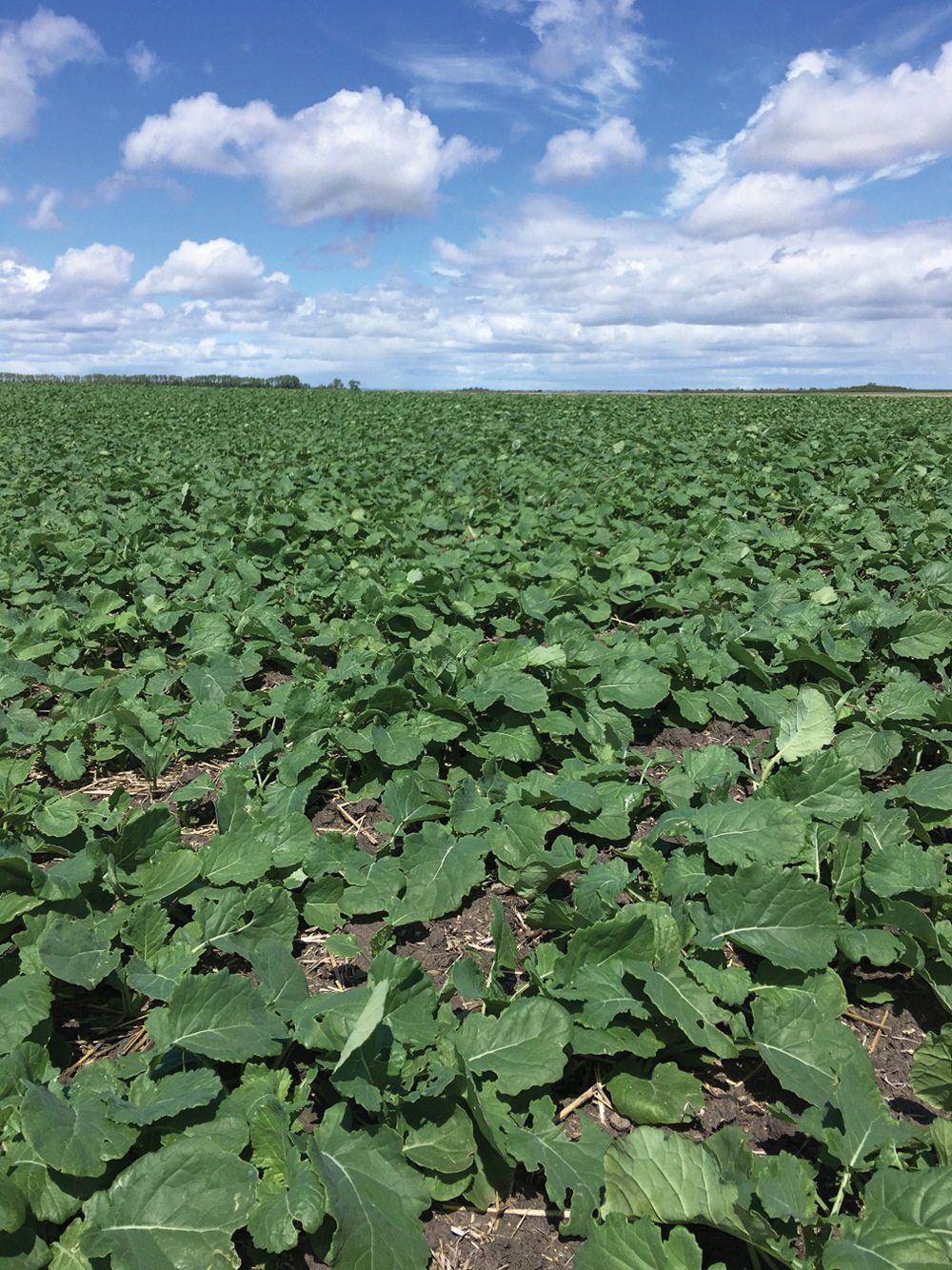Fertility is the first thing that usually comes to mind when thinking about canola yield targets, but should it be? Deciding how you’re going to get there when you don’t know where you’re going is like putting the cart before the horse.
Warren Ward, agronomist with the Canola Council of Canada, says growers need to first choose their yield target and then consider inputs and other factors that can boost yields.
How to choose a target
Experience is a good starting point when choosing a target yield, Ward said. If, for instance, your farm has averaged 45 bushels per acre over the past few years, that shouldn’t necessarily be your target yield. “I would tend to look at it more on a field-by-field basis,” he said.
Read Also

Claas brings 1000 Series SP forage harvesters to Canada
In mid-August, Claas unveiled its new line of Jaguar forage harvesters at an event in Visalia, California, deep in the heart of that state’s dairy region.
Looking deeper, Ward said growers should ask themselves what they might be doing that could limit yield potential. There could be a fairly simple solution that could take yields from a 45 to a 50 bu./ac. average.
“There might be some fields where you want to look at shooting for a higher yield target than you would normally look for, especially if you’ve determined that your fertility rates are what’s been limiting you,” said Ward.
Western Canadian farmers are often limited by phosphorus, which can be quite low in some areas. Nitrogen is also a big one, said Ward. “That’s the main driver of our yield, it seems like,” he said. “But again, you can have a really aggressive nitrogen rate and not follow up and some of the other nutrients, and all of a sudden you’re just not seeing the bang for your buck when it comes to that nitrogen expenditure.”
“Having that balanced approach really is quite important,” he said.
There are a lot of other factors that impact canola yields, weather being the most obvious, and most uncontrollable. But another consideration is the moisture situation going into the growing season. This will be especially true in 2018, as parts of Western Canada are extremely dry.
“We grew a really good crop last year on minimal rain and a lot of that was because we were utilizing moisture in the soil profile,” said Ward. “Going into next year, without having replenished that, we’re starting out in a dry situation and there’s no certainty that we’re going to see that changing.”
While moisture could be on its way, the dryness could very well continue in some regions, which means growers might not get a return on investment in terms of crop inputs. Going into an uncertain moisture situation, those who still want to have an aggressive yield target could plan on doing some top dressing in-season, said Ward. For those who do choose to go the split or in-crop application route, he cautions making sure they have time and the ability to do so. Timing is critical, he emphasized, reminding growers of the four Rs: right source, right rate, right time, right place.
Fertility flubs
Probably the biggest error growers make when it comes to nitrogen is placement, said Ward. “Anytime we’ve got that nitrogen in a band in the soil prior to the time when canola is going to need it for uptake, that’s the best situation,” he said. “What I’ve been noticing as a trend lately is there’s an increasing amount of broadcasting going on. It’s understandable that they’re excited to do it because it provides a lot of logistical advantages, but agronomically they’re also leaving something on the table.”
Specifically, Ward points to losses from the soil’s surface and timing issues. If broadcasting is absolutely necessary, he suggests growers apply closer to the time when the crop will need it most rather than in the fall.
There are a lot of fertility products on the market, which makes it difficult to choose the best solution for your farm. “Our message around that would be to consider what you’re getting versus what you pay for,” Ward cautioned. “Knowing which ones are going to provide you a return, it’s a challenge, but it’s a worthwhile challenge.”
Under the additive category, micronutrients like boron are commonly added to boost yields. Ward says, though, that it’s very rare to see a response with micronutrients, unless, of course, you have a deficiency. “It comes back to knowing your production capability and doing that soil test,” he said.
Take on the Ultimate Canola Challenge
Want to learn more about which fertility programs are the most profitable? Participate in the Canola Council of Canada’s Ultimate Canola Challenge (UCC). Since 2013, the UCC has been challenging growers to obtain higher yields and profitability, pitting agronomists and researchers against each other in head-to- head competitions to see who can produce better canola yields.
In 2014, UCC turned into a field-scale trial program to challenge producers to implement good quality on-farm trials for products or practices they want to test, said Nicole Philp, agronomy specialist, Canola Council of Canada. This year Philp is planning three protocols: ESN, seed-placed phosphorus and top-dressed urea.
“We are definitely looking for participants for the protocols above,” said Philp. “And of course, the protocols are available to any- one that wants to try something different, but want help setting up a trial.”
For more information, contact the Canola Council of Canada.
















